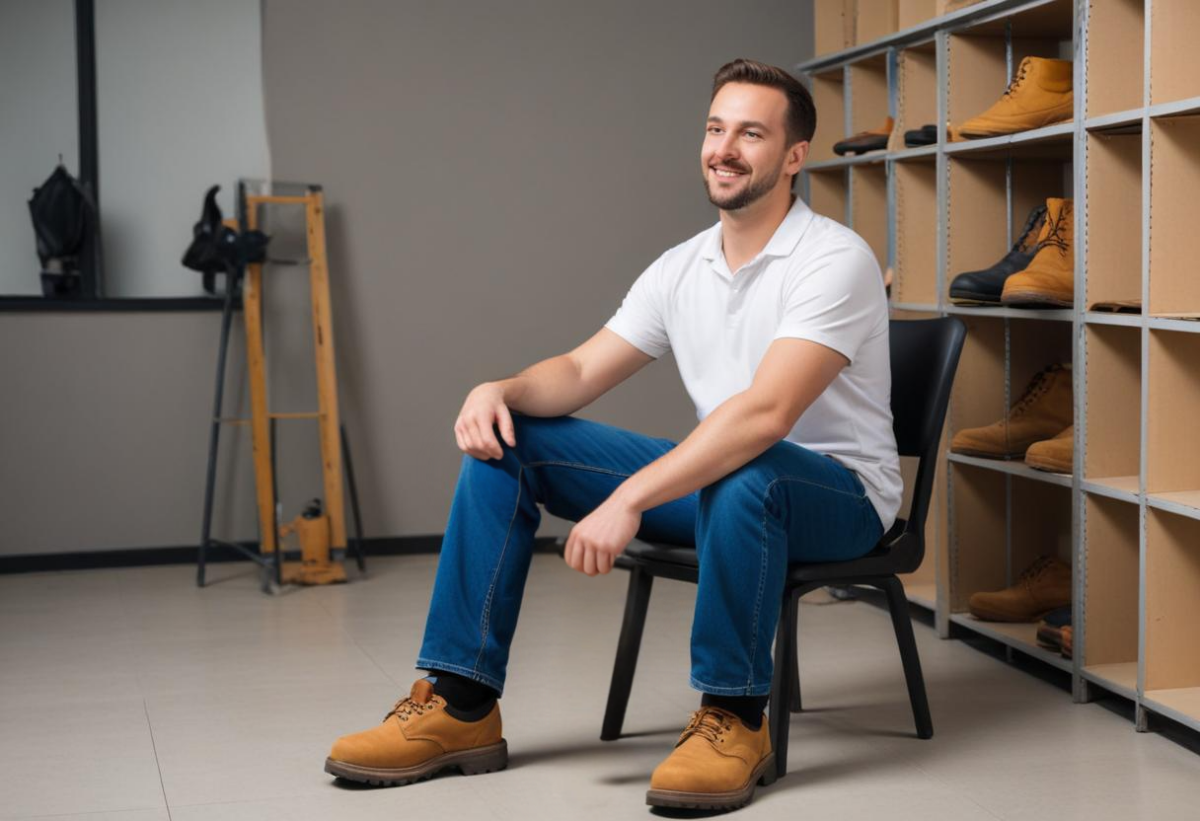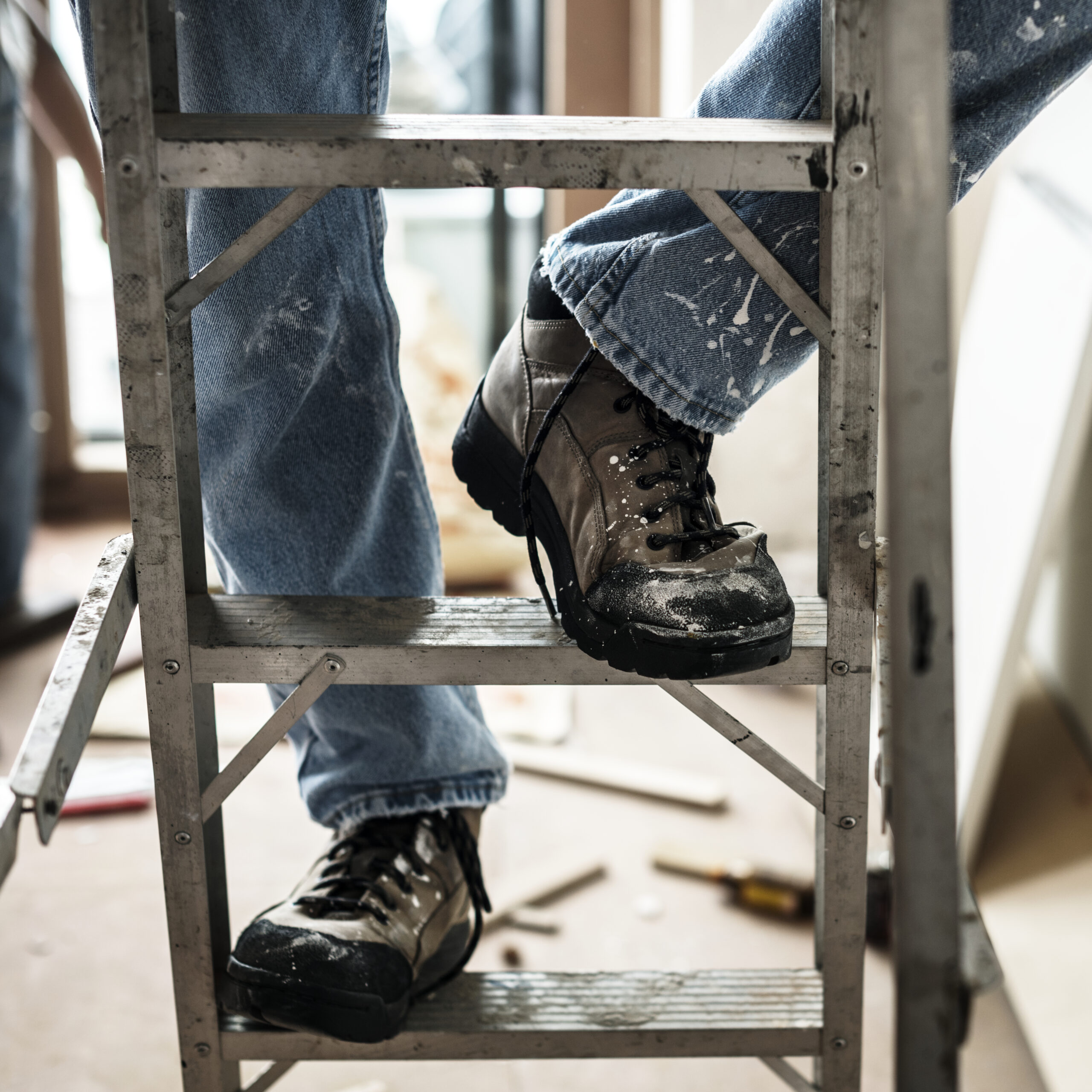In the realm of workplace safety, one crucial element that often gets ignored is the importance of safety footwear in preventing injuries. Many industries encounter different risks, and having the right shoes can greatly lower the chances of foot and ankle injuries, which are some of the most frequent accidents on the job.
A thorough 2022 study on workplace foot and ankle injuries from the National Library of Medicine reveals some shocking statistics that emphasize the need for proper safety footwear.
The Consequences of Foot and Ankle Injuries
Injuries to the feet and ankles can cause major downtime for workers and financial setbacks for companies. The data from the study shows a concerning trend:
- Mining: Foot injuries accounted for about 30% of all missed workdays, while ankle injuries made up around 12%.
- Transportation/Warehousing: In this field, foot injuries led to roughly 12% of missed days, and ankle injuries were responsible for about 11%.
- Utilities: Foot injuries in this sector resulted in approximately 17% of missed workdays, with ankle injuries at around 18%.
These statistics indicate that foot and ankle injuries are not only prevalent but can also lead to significant productivity losses, creating financial strain on businesses and negatively impacting workplace morale.
The Significance of Safety Footwear
1. Protection from Workplace Dangers
Safety footwear is specifically designed to shield workers from various risks, such as:
1- Falling Objects: Steel-toed boots can protect against heavy items that might fall, preventing serious injuries.
2- Slips and Falls: Shoes with slip-resistant soles can greatly decrease the chances of slipping in wet or oily environments, which is crucial in fields like transportation and warehousing.
3- Electrical Hazards: Electrical safety footwear can safeguard workers from shocks while they are on the job in utilities or construction.
2. Improved Stability and Support
Proper safety footwear provides the necessary support and stability to prevent injuries related to slips, trips and falls. Wearing the correct footwear can improve posture and balance, leading to fewer accidents. Footwear that fits well and provides adequate arch support is crucial, especially in labor-intensive jobs.
3. Decreasing Tiredness and Discomfort
Workplace fatigue is a major cause of accidents on the job. If shoes don’t fit properly, they can cause discomfort, which can distract workers and lower their performance. Ergonomically designed safety footwear helps minimize fatigue, keeping workers alert and aware of their environment.
INDUSTRIAL SAFETY FOOTWEAR IN PAKISTAN
HAC and Sons has been a trusted industrial equipment supplier in Pakistan for many years. We proudly present our collection of industrial safety footwear from the renowned brand ‘Safety Jogger.’ Our range features a variety of styles, designs, and materials, all while maintaining a steadfast commitment to safety. Visit our website now!




























